The Mysterious World website has just released a list of the 10 highest flying birds in the world. The first bird is the Gyps Rueppellii, which can fly at a maximum altitude of 11,277.6m.
- 1. Gyps Rueppellii (maximum altitude: 11,277.6m).
- 2. White-necked crane (maximum altitude: 10,058.4m)
- 3. Indian Goose (maximum altitude: 8,839.2m)
- 4. Great Swan (maximum height: 8,229.6m)
- 5. Pyrrhocorax Graculus – Yellow-billed crow (maximum altitude: 8,077.2m)
- 6. Bearded vulture (maximum altitude: 7,315.2m)
- 7. Mallard (maximum altitude: 6,400.8m)
- 8. Limosa Lapponica – Striped tail straight chopped (maximum altitude: 6,096m)
- 9. White crane (maximum altitude: 4,876.8m)
- 10. Andean condor (maximum altitude: 4,572m)
1. Gyps Rueppellii (maximum altitude: 11,277.6m).
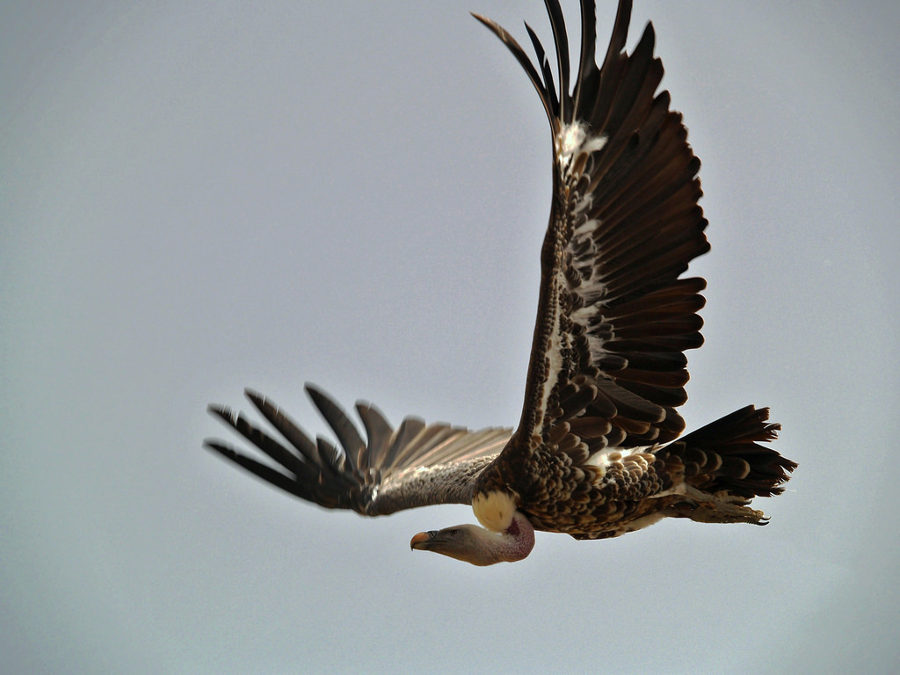
Vultures Gyps rueppellii are distributed mainly in Central Africa, they are named after German explorer Eduard Rüppell. They are scavengers and the champions of altitude in the bird world. This species of vulture can fly up to 11,300m.
Possessing a wingspan of up to 2.5m plus a shape about 1m long and weighing 7-9kg, this bird can hover for hours in the sky looking for food.
Currently, this species only has about 30,000 individuals living mainly in the Sahel region of Central Africa. The reason for the decline in the population of Ruppell’s vultures is due to habitat loss, accidental poisoning and other factors.
2. White-necked crane (maximum altitude: 10,058.4m)
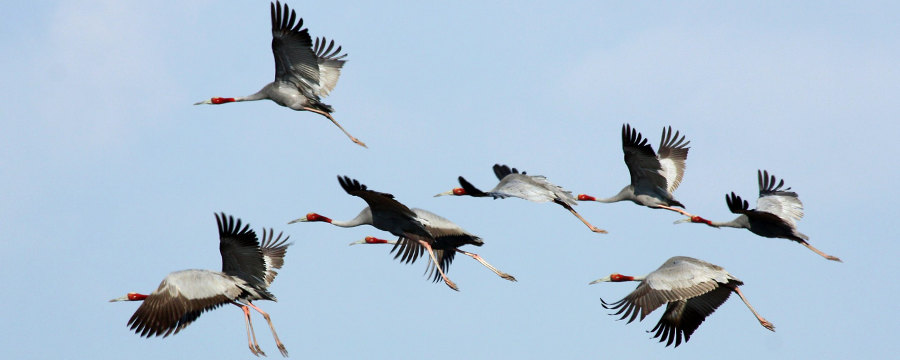
The white-necked crane is also known as the Eurasian crane. They live in most areas of the Eurasian continent and even North America.
They are also a migratory bird and although not on the red list of international conservation organizations, they are also protected by the Agreement on the Conservation of Eurasian Waterbirds.
They often fly in large flocks to the South to avoid the cold in winter, forming V shapes. These are omnivores, they can eat leaves, roots, fruits, insects, small birds and even some small mammals. White-necked cranes can fly to an altitude of 10,000 m.
3. Indian Goose (maximum altitude: 8,839.2m)

Indian goose is also known as three-striped goose. This goose has a light gray body and white face and neck, and orange legs. The feet are webbed and it has wide wings. This species is known to be migratory. They often head south, in the process they can fly to an altitude of 8,800 m.
This species of goose can fly up to a maximum of 8,839m, higher than the peak of Mount Everest, and they can cross the Himalayas in just 8 hours.
The special body structure helps striped-headed geese fly to an impressive height. Accordingly, this species of geese has a larger lung capacity than regular geese, helping them adapt to places with low air pressure. Besides, the body of the striped-headed goose contains many capillaries and red blood cells. This means oxygen will be supplied to cells faster.
4. Great Swan (maximum height: 8,229.6m)
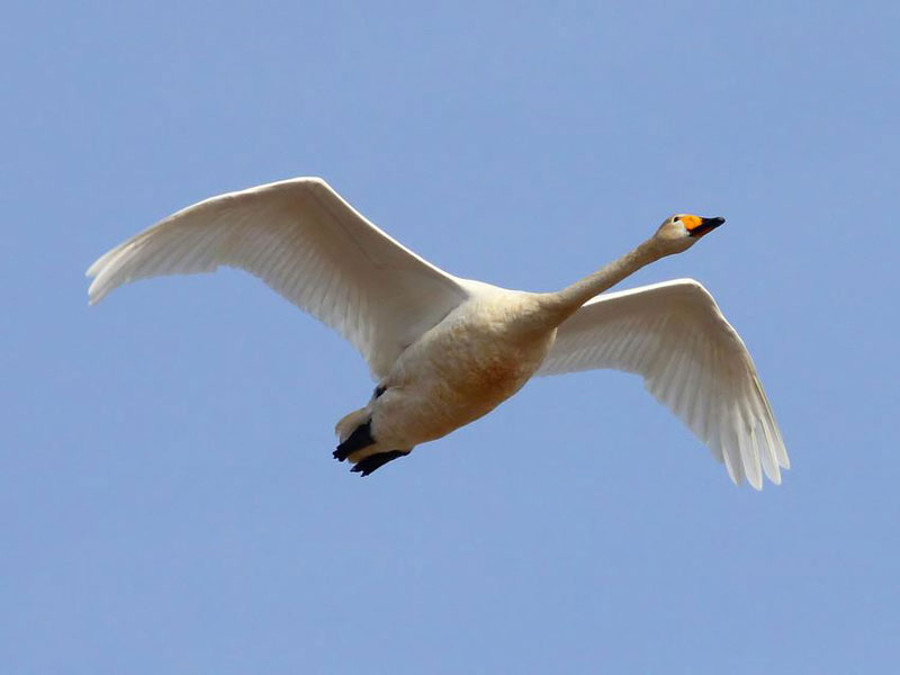
The giant swan is a species of the Duck family. This species breeds in Iceland and areas near the northernmost parts of Europe and Asia. In the winter they often migrate to the South where the climate is warmer. Greater swans are closely related to North American swans. During migration, they often have to fly to an altitude of 8,200 m.
5. Pyrrhocorax Graculus – Yellow-billed crow (maximum altitude: 8,077.2m)
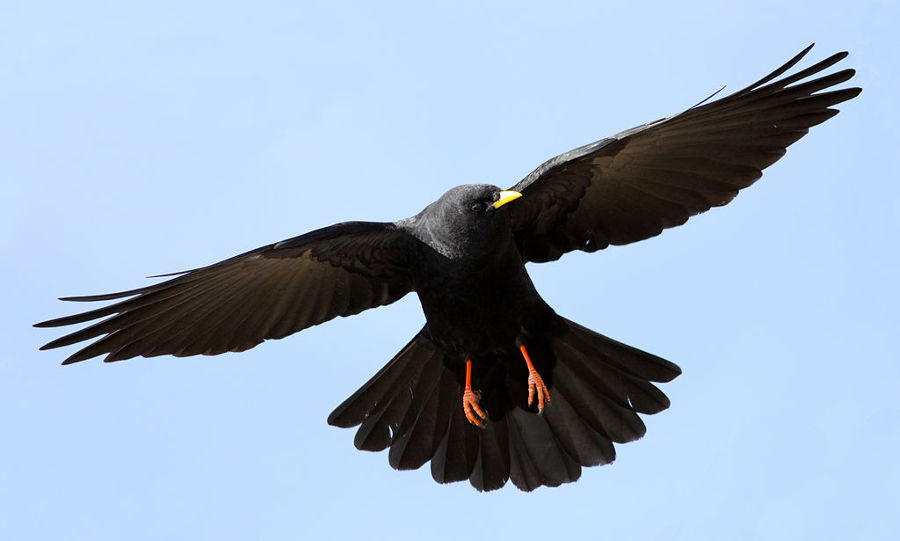
The yellow-billed crow or yellow-billed mountain crow is a species of bird in the Corvidae family. They are one of two species in the genus Pyrrhocorax. They are mainly distributed in Europe, North Africa, the Middle East and Central Asia. Yellow-billed crows can fly to an altitude of 8,000 m.
Yellow-billed crows are settled birds, however during periods of food scarcity, migration may occur. With a strong body, plus “super awesome” flying skills, the yellow-billed crow can fly to a height of 8,077m even in harsh weather conditions.
6. Bearded vulture (maximum altitude: 7,315.2m)
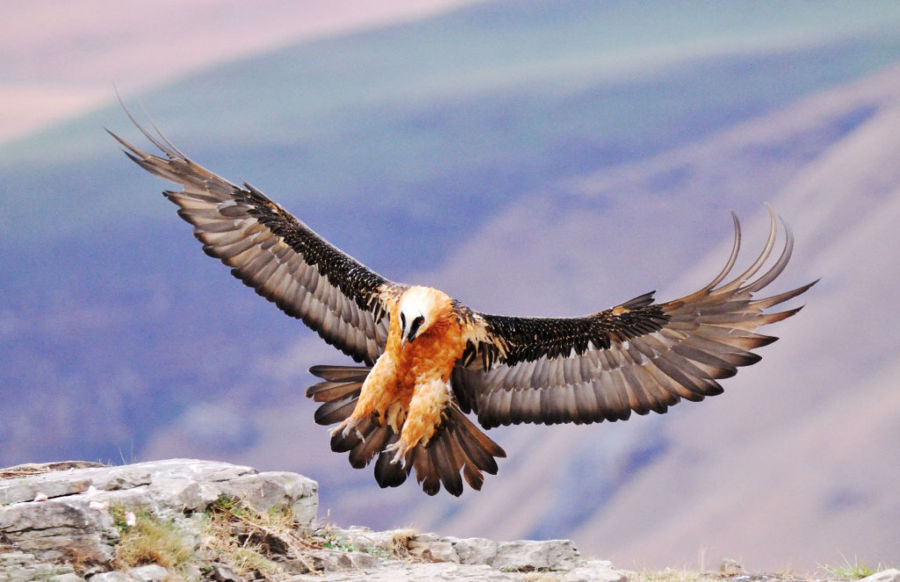
Bearded vultures are very large, with a length of over 1.2 m and a wingspan of up to nearly 3 m. Weight from 4.5 – 8.0 kg. They feed mainly on carcasses and occasionally live prey, breeding on high cliffs in southern Europe, the Caucasus and North Africa. They can fly up to 7,300 m to observe corpses in their territory.
7. Mallard (maximum altitude: 6,400.8m)
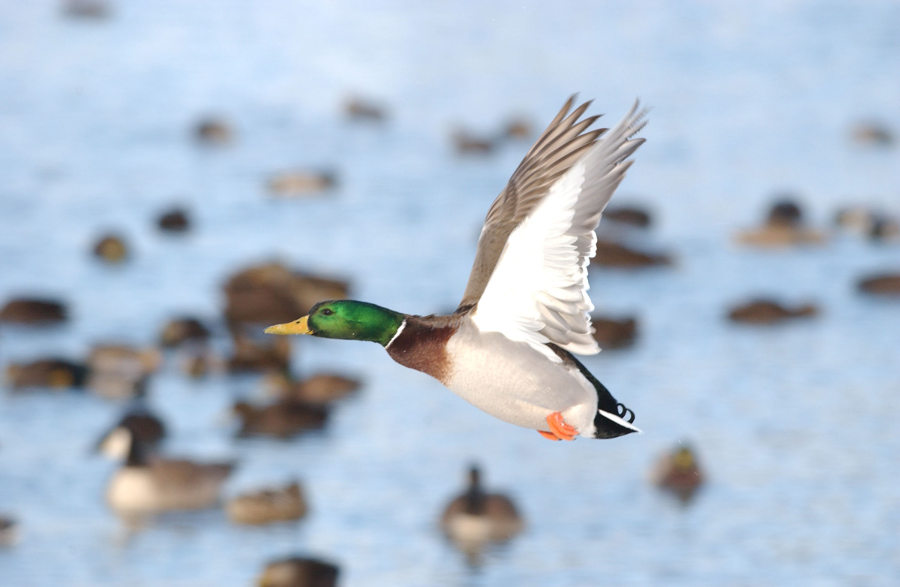
The mallard or teal is perhaps the best known and most recognizable duck, living throughout temperate and subtropical regions of North America, Europe, Asia, New Zealand and Australia. The mallard is believed to be the ancestor of all domestic duck breeds. This duck can fly to an altitude of 6,400m.
8. Limosa Lapponica – Striped tail straight chopped (maximum altitude: 6,096m)
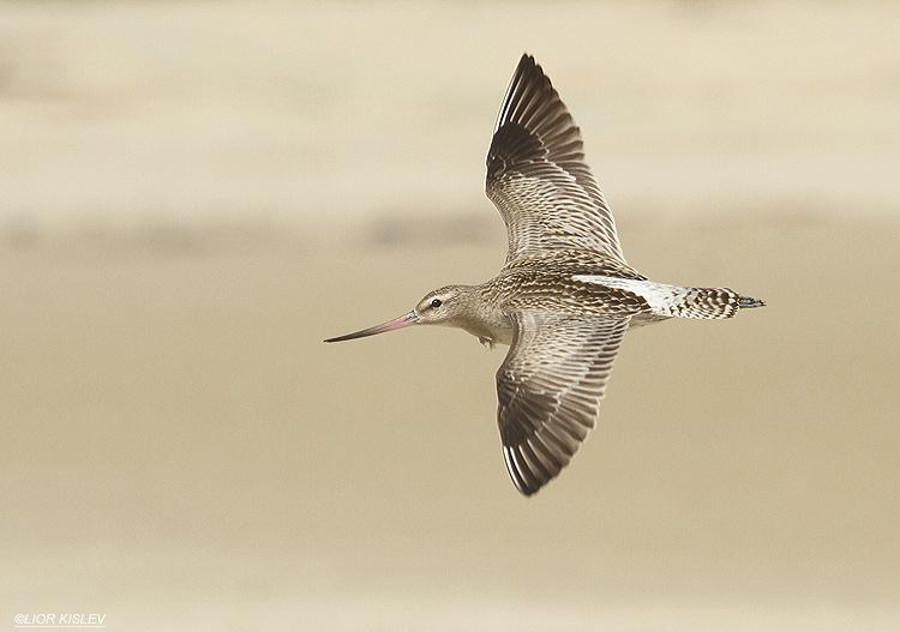
The striped-tailed chickadee is the bird with the longest migration in the world. The adult bird has bluish-gray legs and a very long dark, slightly curved bill, and a pink nose. The neck, chest and abdomen are brick red in breeding plumage, turning white in winter. The back is gray spots.
Striped-tailed straight kestrels often breed on the Arctic coasts and Northern European tundra, and in winter they will migrate to warmer regions in India, Africa and even Australia. During migration they can fly to an altitude of 6,000 m.
9. White crane (maximum altitude: 4,876.8m)
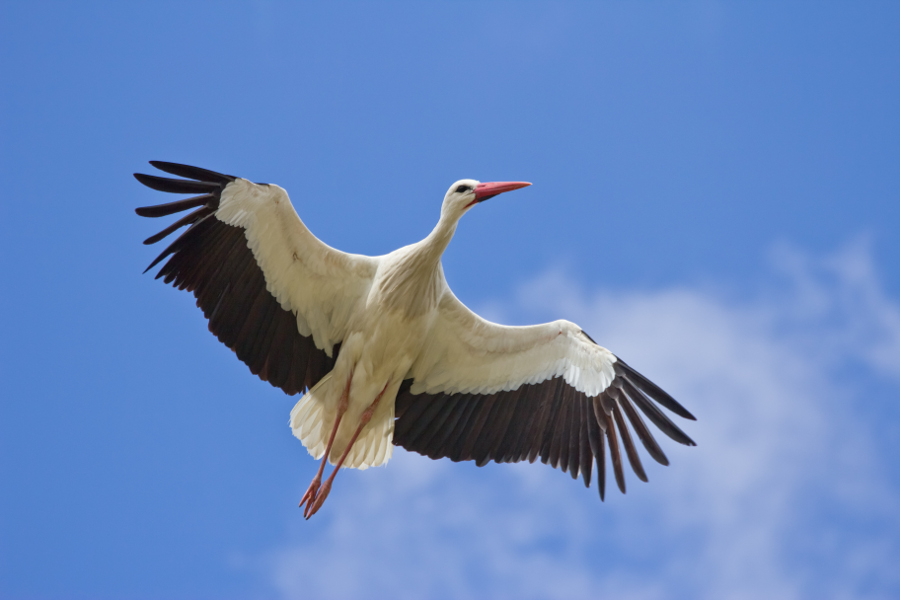
White cranes have the scientific name Ciconia ciconia, they are a large bird in the Crane genus of the Crane family. Their plumage is mainly white, with black on the wings. Adults have long red legs, an average length from the tip of the beak to the end of the tail of 100–115 cm with a wingspan of 195–215 cm.
As a carnivore, the white crane’s diet includes insects, fish, amphibians, reptiles, small mammals, and small birds. White cranes are especially loyal, they will live their whole lives with a single partner.
White cranes are a long-distance migratory species, they are often present in Africa in the winter and migrate north in the summer. When traveling long distances, they can fly to altitudes of up to 4,800 m.
10. Andean condor (maximum altitude: 4,572m)
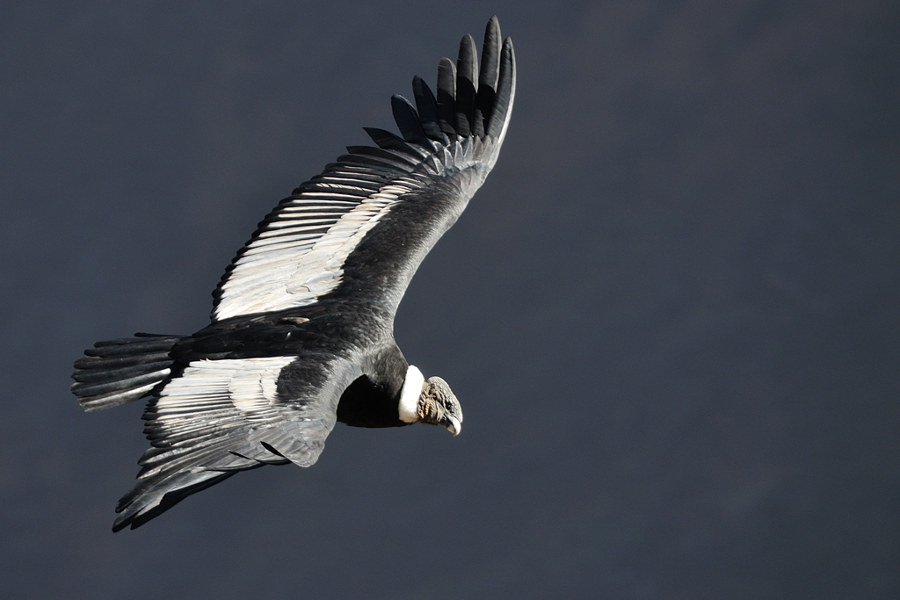
The Andean condor, also known as the ancient vulture, is a species of bird in the New World vulture family. They are distributed mainly in South America, the Andes mountain range. Andean condors prefer open alpine grassland areas.
As a bird that likes to eat animal carcasses, the Andean condor has a very good sense of smell to detect the smell of rotten meat in thin air. They have a hard beak and sharp claws to easily eat their meals. This vulture is considered a symbol of power, freedom and health.





